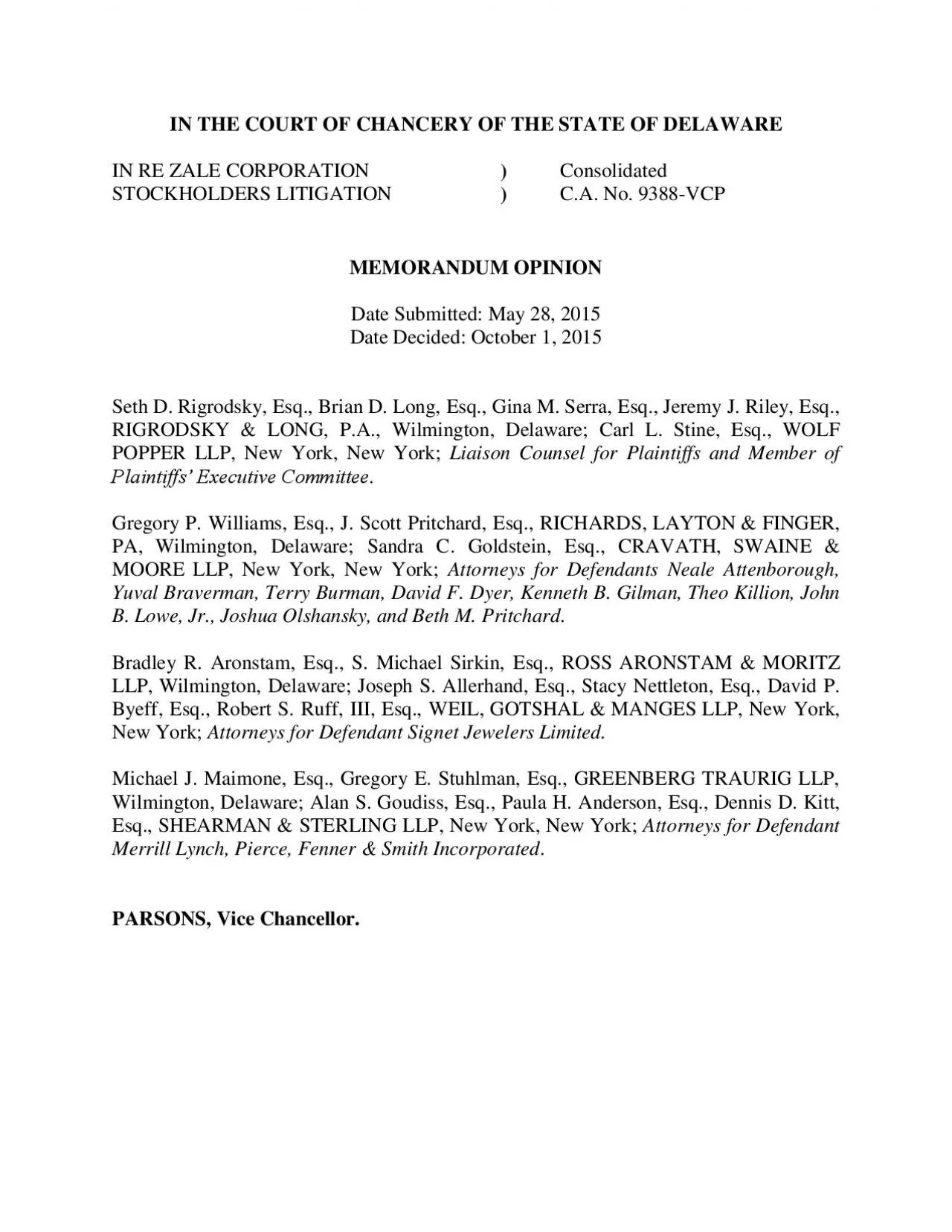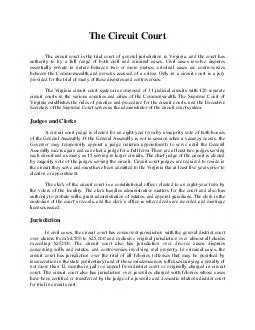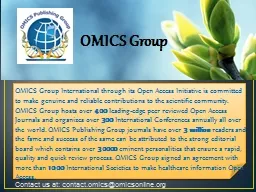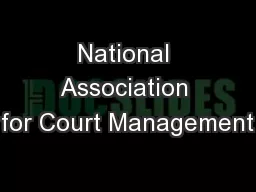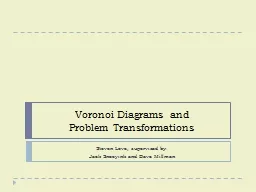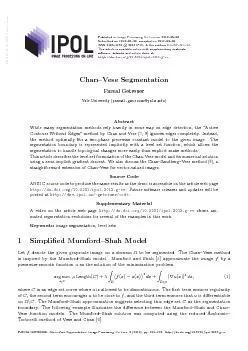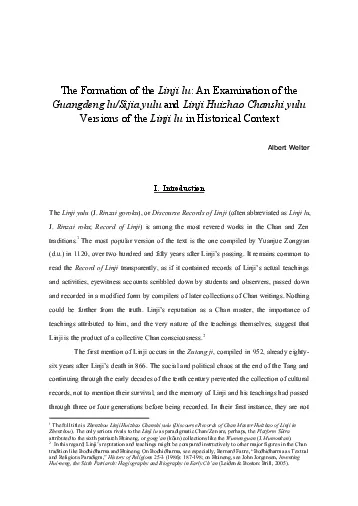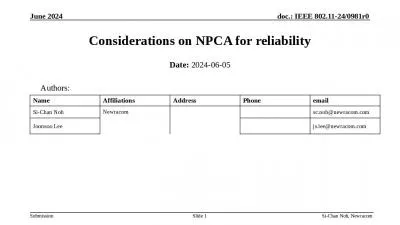PDF-IN THE COURT OF CHAN
Author : partysilly | Published Date : 2020-11-19
CERY OF THE STATE OF DELAWARE IN RE ZALE CORPORATION STOCKHOLDERS LITIGATION Consolidated CA No 9388 VCP MEMORANDUM OPINION Date S ubmitted May 28 2015 Date Decided
Presentation Embed Code
Download Presentation
Download Presentation The PPT/PDF document "IN THE COURT OF CHAN" is the property of its rightful owner. Permission is granted to download and print the materials on this website for personal, non-commercial use only, and to display it on your personal computer provided you do not modify the materials and that you retain all copyright notices contained in the materials. By downloading content from our website, you accept the terms of this agreement.
IN THE COURT OF CHAN: Transcript
Download Rules Of Document
"IN THE COURT OF CHAN"The content belongs to its owner. You may download and print it for personal use, without modification, and keep all copyright notices. By downloading, you agree to these terms.
Related Documents

